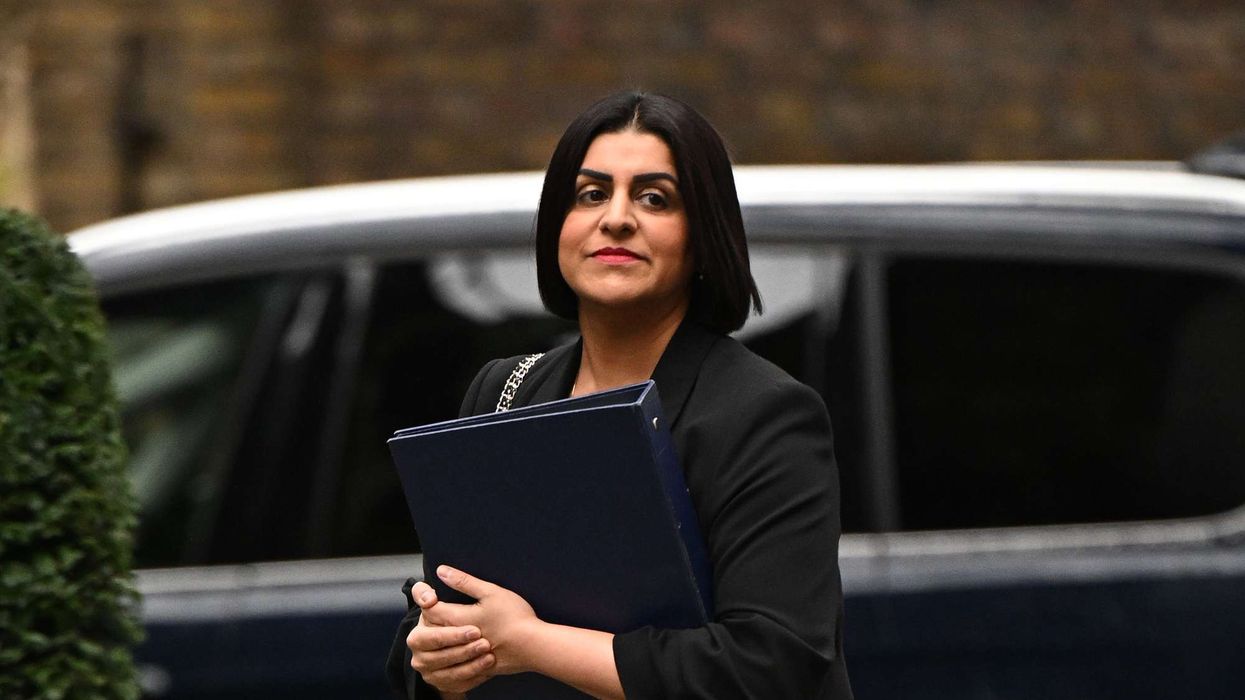On 15th June 2001 released a film that changed the face of the Indian cinema. We are talking about Ashutosh Gowariker’s Lagaan which starred Aamir Khan in the lead role. The film on its release was a blockbuster and thanks to Lagaan many filmmakers started exploring the genre of sports drama on the big screen. As the film completed 18 years of its release recently, Aamir tweeted, “Thank you @AshGowariker, and thanks to everyone who has been a part of Lagaan. What a memorable and beautiful journey. And what better than today to see this: https://www.netflix.com/title/80229953?s=a&trkid=13747225&t=wha …”
We all know that Lagaan was India’s official entry for Oscars and was also nominated in the Best Foreign Language Film, but unfortunately didn’t win. But well, we are sure that there are many facts about the film that not many of you know.
So, here are some unknown facts about Lagaan…
Shah Rukh Khan was the first choice for the film
Aamir Khan played the role of Bhuvan in Lagaan and also received many awards for his performance in the movie. But he wasn’t the first choice for the film. Director Ashutosh Gowariker had approached Shah Rukh Khan for the film first when he rejected the offer, he went to Aamir Khan.
The first cut of the film was of 7 hours 30 minutes
Nowadays sitting for 2 hours 30 minutes film seems long sometimes, imagine a film of 7 hours 30 minutes. The first cut of Lagaan was of 7 hours 30 minutes which was brought down to 3 hours 44 minutes. In 2001, 3 hours 44 minutes was also quite long.
When Aamir Khan met Kiran Rao for the first time
In 2001, Aamir was happily married to Reena. But it was during the shoot of Lagaan when Aamir met his second wife Kiran for the first time as she was a part of the crew. The two started dating two years after the film’s release.
First Indian movie to have a nationwide release in China
Not many would know that Lagaan was the first Indian film to get a nationwide release in China. So, now we know that its not his recent release, but since 2001 Aamir Khan has been having a huge fan following in China.
Real crowd
In the climax, the makers wanted to show a crowd of over 10000 people and it wasn’t an easy task for them. So, they called a few people from the neighbouring village to be a part of the shoot. Now isn’t that amazing? We are sure it would be difficult to manage so many people on the sets.





 Fans get first look at Odysseus’ decade-long voyage with shipwrecks, battles, and family stakes Instagram/theodysseymovie
Fans get first look at Odysseus’ decade-long voyage with shipwrecks, battles, and family stakes Instagram/theodysseymovie 





